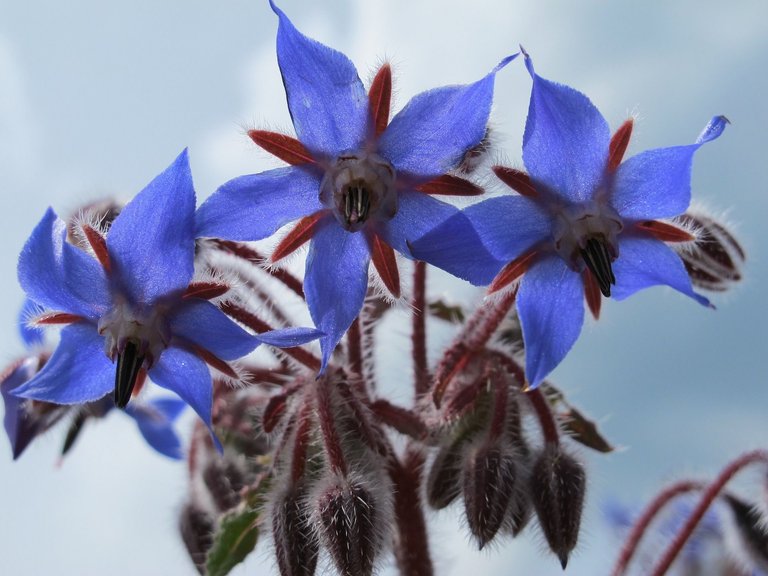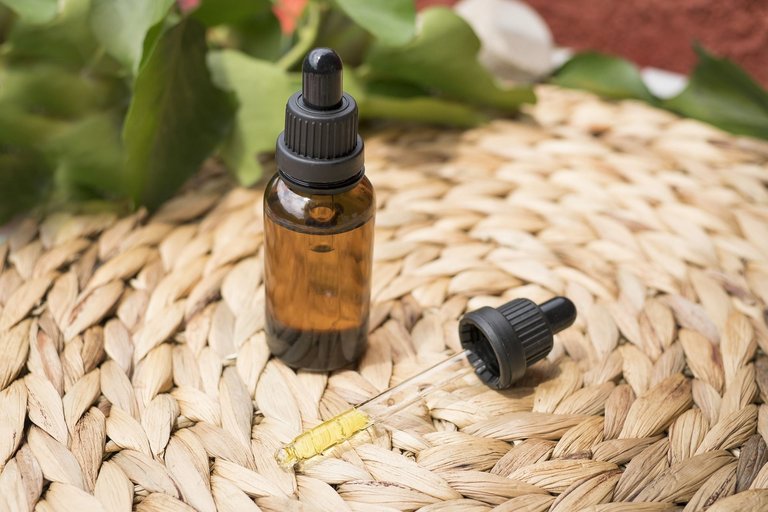Good morning everyone, today I would like to share with you my personal experience in using borage as a phytotherapeutic remedy.

Foto di T. S. Tubai da Pixabay
Borage is an annual herbaceous plant that can withstand temperatures as low as 5 °C. The plant produces seeds in June.
Toxicity is high, the flowers are the most dangerous part of the plant but the leaves also contain small quantities of toxic alkaloids, for food purposes it is preferable to use only the seeds.
This plant is poisonous and is included in the list of the Ministry of Health for use not permitted in the food supplement sector (leaves and flowers).
The plant is poisonous due to the presence of various active ingredients, in particular lycosamine, amabiline and supinidine which can cause poisoning.
PREPARATIONS
In phytotherapy only the oil obtained from the seeds is used, the latter are free of dangerous active ingredients and can be useful for the treatment of hypercholesterolemia.
NOTES
The leaves were once used in popular cuisine, the discovery of the presence of genotoxic alkaloids in the latter is relatively recent.
Buongiorno a tutti, oggi vorrei condividere con voi la mia esperienza personale nell'utilizzo della borragine come rimedio fitoterapico.

Foto di Erin Stone da Pixabay
La borragine è una pianta erbacea annuale che resiste a temperature minime fino a 5 °C. La pianta produce semi nel mese di giugno.
La tossicità è alta, i fiori sono la parte più pericolosa della pianta ma anche le foglie contengono piccole quantità di alcaloidi tossici, a scopo alimentare è preferibile utilizzare solo i semi.
Questa pianta è velenosa e rientra nella lista del Ministero della salute per l'impiego non ammesso nel settore degli integratori alimentari (foglie e fiori).
La pianta è velenosa per la presenza di diversi principi attivi, in particolare licosamina, amabilina e supinidina che possono causare avvelenamento.
PREPARAZIONI
In fitoterapia si utilizza solo l'olio ottenuto dai semi, questi ultimi sono privi di principi attivi pericolosi e possono essere utili per il trattamento della ipercolesterolemia.
NOTE
Un tempo le foglie erano utilizzate nella cucina popolare, la scoperta della presenza di alcalodi genotossici in queste ultime è relativamente recente.
Sources - Fonti :
https://www.erbecedario.it/it/borragine
https://www.lerboristeria.com/erbario/borragine.php
Peccato per la tossicità...
!discovery 40
This post was shared and voted inside the discord by the curators team of discovery-it
Join our Community and follow our Curation Trail
Discovery-it is also a Witness, vote for us here
Delegate to us for passive income. Check our 80% fee-back Program